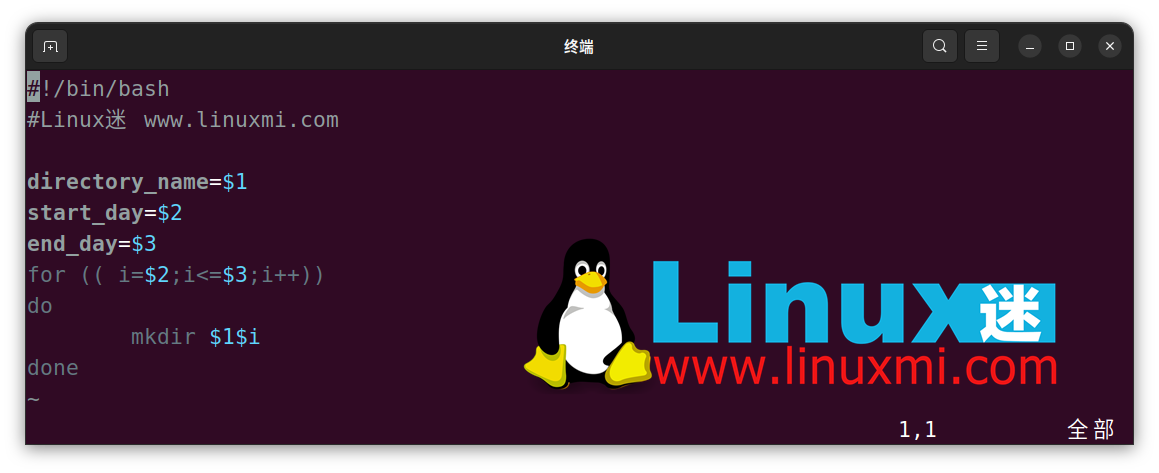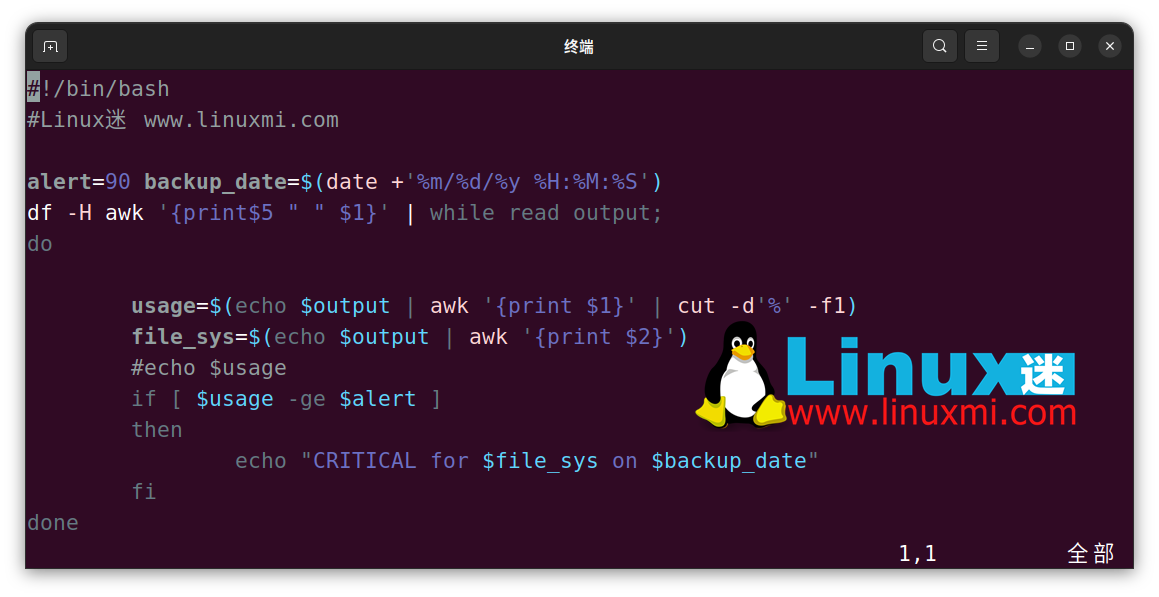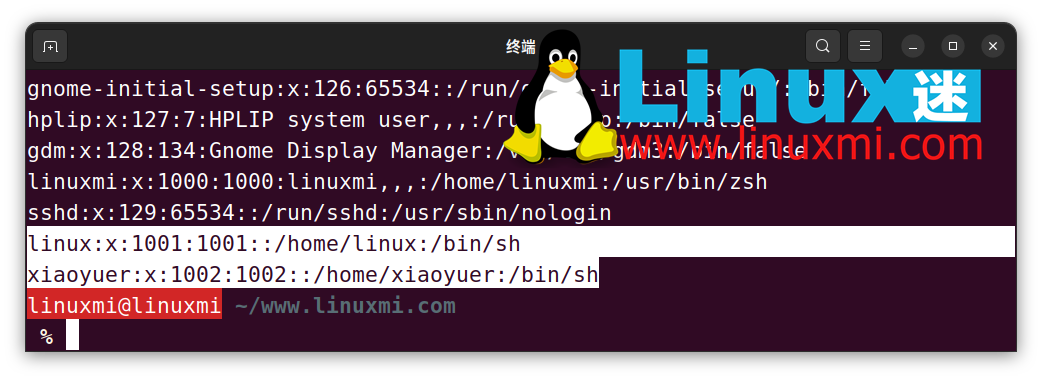
The Unix shell provides a very powerful and extensible scripting framework. Many advanced mechanisms allow the writing of more complex scripts using built-in commands.

Write a bash script named linuxmi.sh. When using three given parameters (one is the directory name, the first The second is the starting directory number, and the third is the ending directory number) When the script is executed, it will create the specified number of directories, and the directory names are dynamically generated.
The code is as shown below:

The output is as shown below:


Cron is an application that runs scheduled jobs in Linux . Cron is a system daemon that runs on all Linux systems and is responsible for monitoring scheduled tasks and executing them at predetermined intervals. Crontab is a configuration file used by Cron to run services. Crontab saves the configuration of which service should run and when. A service is an execution path that can be used to execute scripts, applications, and other commands.
User management is the process of managing different user accounts and their corresponding permissions in the operating system. We can create different user accounts on Linux and group them to change or remove their permission sets. A user is an entity in the Linux operating system that can manipulate files and perform other operations. Each user is assigned an ID that is unique within the operating system. After installing the operating system, ID 0 is assigned to the root user, while IDs 1 to 999 (inclusive) are assigned to the system users, so the IDs for local users start at 1000.
Manage users:
1) Create user: To create a new user, use the useradd command:
sudo useradd
2) Set password: After creating the user, you need To set the password, please use the passwd command
sudo passwd
3) To modify the Linux user, please use the usermod command. User modification and addition commands are similar. The usermod command can use the same parameters to set user fields:
sudo usermod
4) Delete users: To delete Linux users, use the userdel command:
userdel
5) Create 2 users and display only their usernames.
Created 2 users:

Displayed 2 users:

To display users list, use the following command:
cat /etc/passwd
The above is the detailed content of Advanced Linux Shell Scripting Series (1). For more information, please follow other related articles on the PHP Chinese website!




